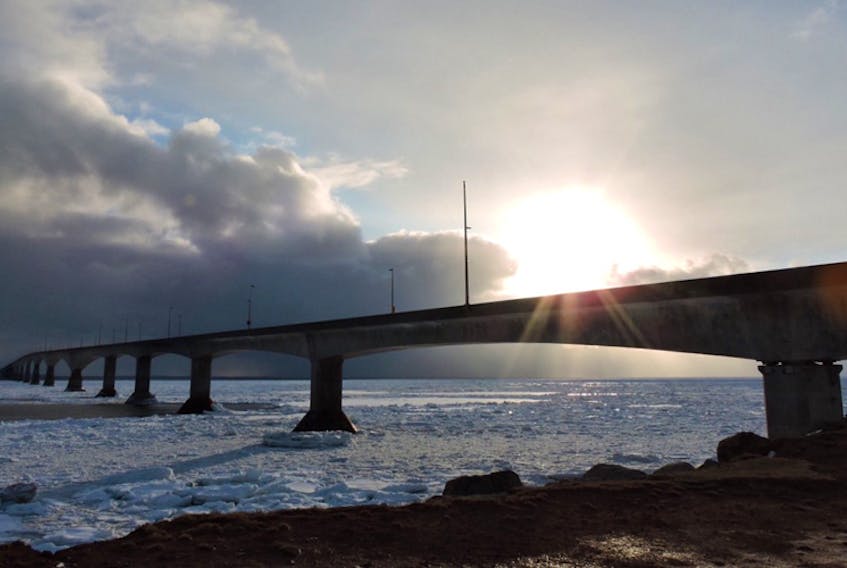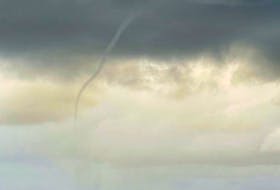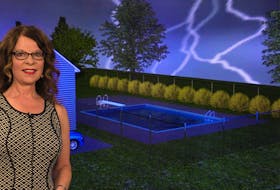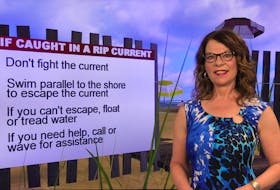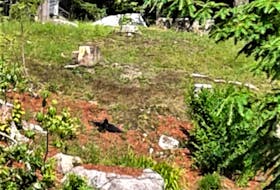Many of us are familiar with the term snow squall.
A snow squall refers to an abrupt wind that is accompanied by snow. It can produce blizzard-like conditions but is confined or localized to a certain area. Accumulation can vary considerably depending on the duration of the squall. When we use the term in the winter in Atlantic Canada, we are almost always referring to ocean-effect snow squalls.
These develop when moisture-filled arctic air passes over warmer open waters; convective clouds form and eventually produce heavy snowfall.
The other day, Doris dropped me a line.
She wanted to know if it was possible to have snow squalls off a lake. Doris lives just outside of Irish Vale in Cape Breton, N.S., and was sure last weekend’s snow was coming off the lake. It certainly is possible Doris, but the lake has to be a fair size and your lake is; Irish Vale is downwind from the magnificent Bras d’Or Lake. The maximum length of the Bras d’Or Lake is 100 km and its maximum width is 50 km.
The distance that the arctic air mass travels over open water is one factor than can determine the amount of snow that will result from the wind-driven bands. This distance is called fetch.
Typically, a fetch of at least 80 km is required to produce lake-effect precipitation. Generally the larger the fetch the more snow; larger fetches provide the air with more time to become saturated with water vapour and for heat energy to move from the water to the air. As the air mass reaches the other side of the lake, the engine of rising and cooling water vapour pans itself out in the form of condensation and falls as snow, usually within 40 kms of the lake, but sometimes as far as 60 km away.
Wind-driven lake effect or ocean-effect snow squalls can linger for days, providing the wind speed remains above 30 km/h and the direction remains the same.
Read more Weather University columns.
Have a weather question, photo or drawing to share with Cindy Day? Email [email protected]
Cindy Day is the chief meteorologist for SaltWire Network.

